Sergio Scatizzi – “Natura”
Sergio Scatizzi – “Natura”
Olio su tela
cm 50×60
1963
In questo particolare dipinto è come se Scatizzi, come un redivivo Buontalenti od un avventuriero speleologo cerca ed ottiene un effetto calcareo attraverso il colore.
Un dipinto che ci porta inevitabilmente alla memoria concrezioni che possiamo trovare nelle meravigliose grotte di Castellana e Frasassi.
Stalattiti e stalagmiti create in millenni, millesimali depositi giornalieri di residui minerali contenuti nelle acque il cui flusso arriva a creare delicate vele trasparenti e bianche come i veli delle spose.
Il naturale scimmiottato da artisti ed architetti, che si adoperano per ottenere la meraviglia in chi guarda.
Nascono così nel Cinquecento le grotte artificiali, in cui poter trovare conchiglie, piccole sculture e dipinti in cui far scorrere ancora una volta il bene più prezioso: l’acqua.
Una moda dilagante che ha toccato perfino Versailles e il Linderhof di Ludwig II. Non dobbiamo però dimenticarci le grotte dell’ambito fiorentino create dal genio buontalentiano e arricchite anche di musiche ed automi. Si celano però anche luoghi inaspettati come Palazzo Corsini a Firenze e la sua scrosciante grotta gioiello ad opera di Antonio Maria Ferri.
Colori ad olio camuffatisi in roccia ruvida e rugosa che a sua volta finge di accennare forme ricordanti frutta, tre stadi della materia tanto distanti ma uniti in un dipinto.
Sergio Scatizzi
“Nature”
Oil on canvas
cm 50×60
1963
In this particular painting, it is as if Scatizzi, like a revived Buontalenti or an adventurous speleologist seeks and achieves a limestone effect through colour.
A painting that inevitably brings to mind concretions that we can find in the marvellous caves of Castellana and Frasassi.
Stalactites and stalagmites created over millennia, millesimal daily deposits of mineral residues contained in the water whose flow comes to create delicate transparent and white veils like the veils of brides.
The natural mimicked by artists and architects, who strive to achieve wonder in the beholder.
Thus, in the 16th century, artificial caves were born, in which one could find shells, small sculptures and paintings in which the most precious commodity – water – could once again flow.
A rampant fashion that even touched Versailles and Ludwig II’s Linderhof. However, we must not forget the grottoes in the Florentine sphere created by Buontalenti’s genius and also enriched with music and automata. However, there are also unexpected places such as Palazzo Corsini in Florence and its jewel-like grotto by Antonio Maria Ferri.
Oil colours camouflaged in rough, wrinkled rock that in turn pretends to hint at shapes reminiscent of fruit, three stages of matter so distant yet united in a painting.

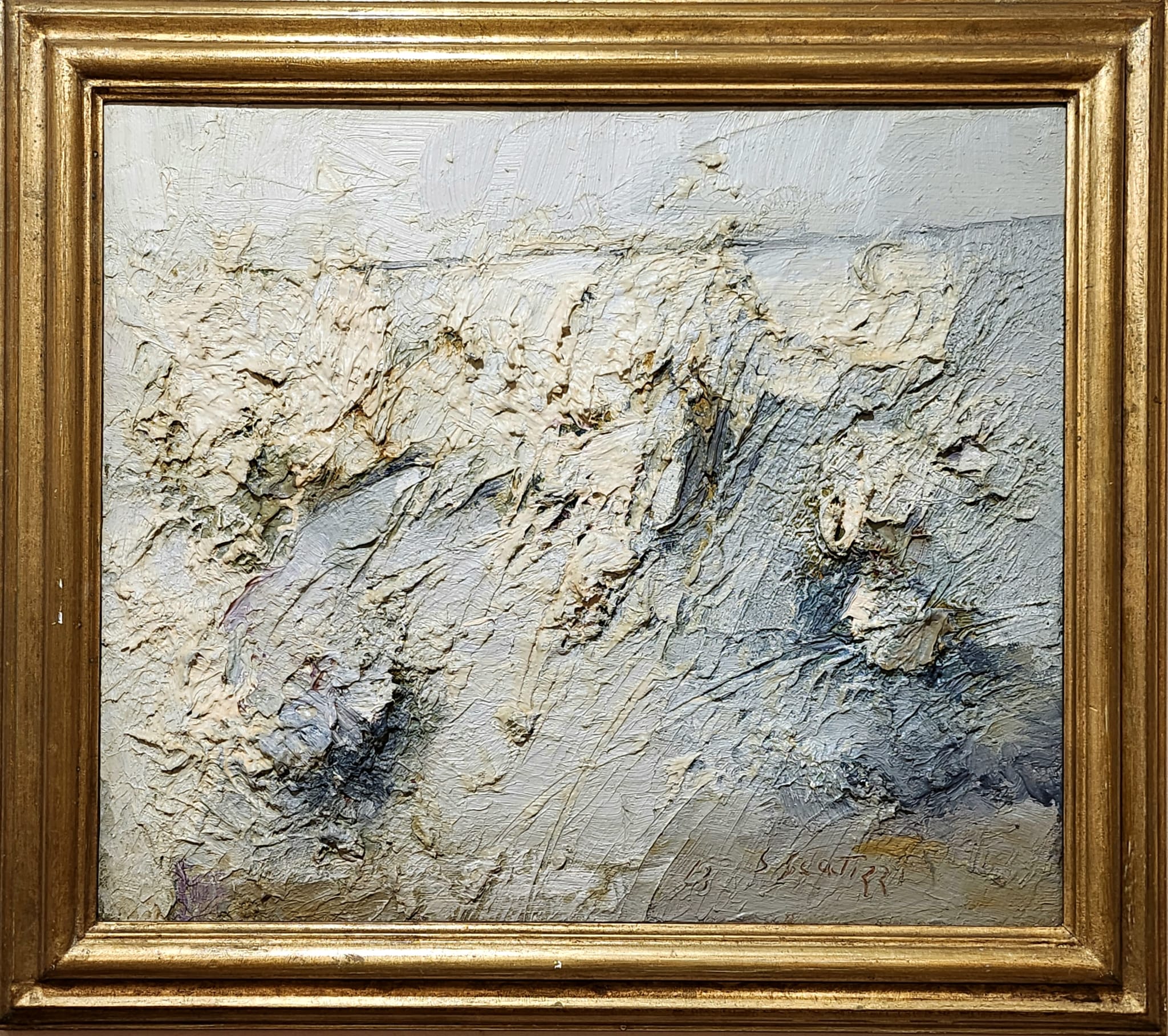
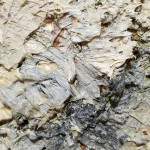
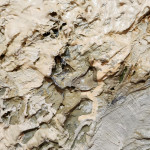
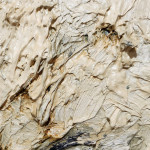
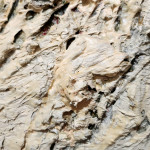
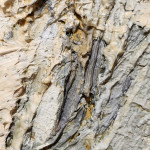
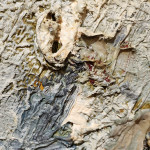
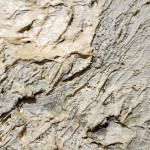
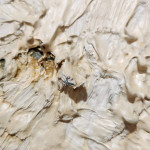
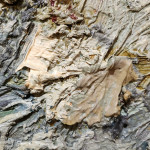
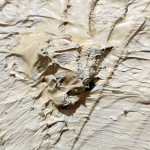
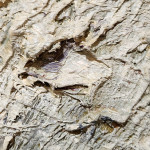
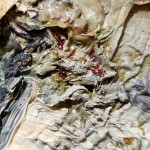
Commenti recenti